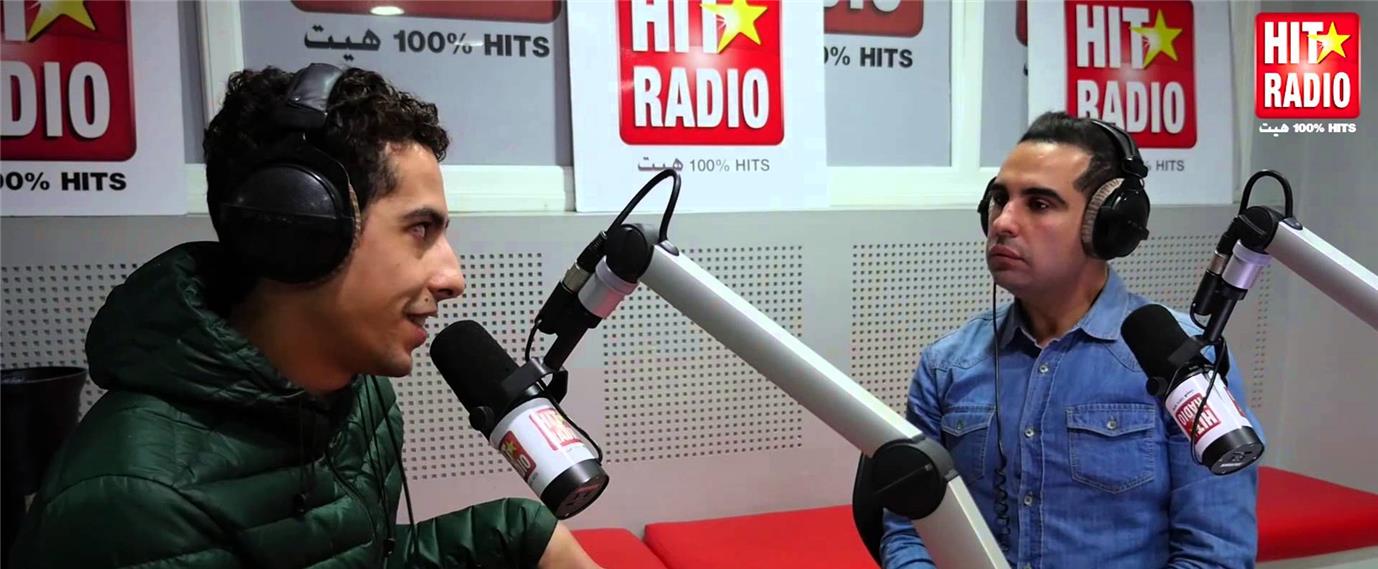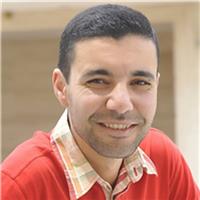انطلاق ورش "تحرير القطاع السمعي البصري" في المغرب،كان مواكبا لخطاب التحولات السياسية والاقتصادية والاجتماعية في البلاد، خصوصا مع بداية ما سمي آنذاك بـ"العهد الجديد" في المغرب.
في هذا السياق، أُنشئت منظمة لقطاع السمعي البصري، تبعها إنهاء احتكار الدولة لمجال البث الإذاعي والتلفزيوني، ثم الترخيص لعدد من الإذاعات الخاصة ولقناة تلفزيونية واحدة.
المراقبون بعد أكثر من عشر سنوات من سياسية التحرير هذه، يتساءلون اليوم عن الحصيلة، ومدى نجاح الممارسة التنظيمية الحالية في التحرير الفعلي للقطاع السمعي البصري؟
في مسار التحرير
بدأ مسار تحرير القطاع السمعي البصري في المغرب عام 2002، عندما أعلن العاهل المغربي في خطاب العرش يوم 30 يوليو/تموز عن إحداث هيئة جديدة تنظم قطاع السمعي البصري في المغرب، سُميت بـ"الهيئة العليا للاتصال السمعي البصري (HACA)" بموجب ظهير مؤرخ بـ31أغسطس/آب2002، تلاها صدور مرسوم القانون القاضي بوضع حد لاحتكار الدولة في مجال البث الإذاعي والتلفزيوني في العاشر من سبتمبر/أيلول 2002، وأخيرا دخول القانون رقم 77-03 المتعلق بالاتصال السمعي البصري حيّز التنفيذ بصدوره بالجريدة الرسمية في السابع من فبراير/شباط 2005.
غير أن التحرير العملي للقطاع تم عمليا منذ مايو/أيار 2006، حين منحت الهيئة العليا للاتصال السمعي البصري عشر تراخيص للجيل الأول من الإذاعات الخاصة وترخيصا بشكل استثنائي لقناة تلفزيونية واحدة. ثم في فبراير/شباط 2009، سيعرف ورش التحرير دفعة جديدة، من خلال منح الجيل الثاني من التراخيص لأربع إذاعات موضوعاتية.
في معنى التحرير
يتضح أن الهدف من تأسيس الهيئة العليا للسمعي البصري، التي تتألف من المجلس الأعلى والمديرية العامة، هو تحرير القطاع السمعي البصري، وضمان الخدمة العمومية، إضافة إلى تشجيع وتطوير الإنتاج السمعي البصري.
يقول محمد العوني، الإعلامي ورئيس منظمة حريات الإعلام والتعبير في المغرب (غير حكومية)، إنه "على مستوى الخطابات قُدم الأمر على أنه سعي لتحرير الفضاء السمعي البصري، وكان قانون 2002 الذي رفع احتكار الدولة لهذا الفضاء الحجة العملية لتلك الخطابات، لكن بعد مرور 15 سنة يحق طرح السؤال ليس فقط على مستوى ونسبة التحرير، بل أيضا حول التحرير ككل وحول وجوده".
بدوره، يرى زايد بوزيان، أستاذ الإعلام والتواصل بجامعة الأخوين بإفران (وسط المغرب)، أن "البنية الداخلية التنظيمية للهيئة العليا للسمعي البصري في المغرب، تكشف عن افتقارها للاستقلالية عن الحكومة؛ فالمجلس الأعلى للهيئة يتكون من تسعة أعضاء، خمسة منهم يعيّنهم الملك بما في ذلك رئيس المجلس، ثم اثنين آخرين يتم تعيينهما من قبل رئيس الحكومة، والعضوين المتبقيين يعينهما رئيسا غرفتي البرلمان".
وأوضح بوزيان، في حديث لـ"مجلة الصحافة"، أن معايير التعيين هذه "تحمل في طياتها تضارب المصالح وتناقضات عدّة، ما يجعل الإعلام السمعي البصري في المغرب، الذي يجب أن يراقب العمل الحكومي، يخضع إلى وصاية هيئة تسيطر فيها الحكومة على دواليب القرار".
كما أبرز أستاذ الإعلام والتواصل بجامعة الأخوين بإفران، أنه "عندما تتمتع الهيئات التنظيمية التي تسيطر عليها الدولة بسلطة التّدخل في المحتوى الإعلامي، فسينتهي بها الأمر إلى خدمة المصالح السياسية للدولة وليس مصالح المواطنين".
سؤال التعددية
الهيئة العليا للاتصال السمعي، أعلنت فور تأسيسها أن مهمتها تكمن في سهرها على الاحترام التام لمبادئ التعددية، وحرية التعبير بقطاع الاتصال السمعي البصري، وفي احترام تام للقيم الحضارية الأساسية والقوانين الجاري العمل بها في المملكة.
هنا، يوضح العوني أنه "إذا طرحنا التعددية في جوهرها وبمعناها العميق السياسي والفكري والثقافي، يمكن ملاحظة أن لدينا أصواتا متنوعة تحضر من حين لحين عبر الإعلام السمعي البصري، لكن نادرا ما تتاح إمكانيات لكل التيارات السياسية والاتجاهات الفكرية والتعبيرات الاجتماعية والثقافية، لتعبّر عن نفسها كما تريد وبالكثافة اللازمة لتصل إلى الجمهور، ولتساهم في النقاش العمومي وفي بلورة الرأي العام، ومن ثم لم نصل بعد إلى إمكانية المشاركة في إنتاج القرار".
ويعتبر بوزيان أن "الغرض من وضع إطار تنظيمي وقانون للبث الإذاعي والتلفزيوني في المغرب، هو تشجيع الاستثمار في القطاع الخاص، ومن ثم تحفيز البث الإذاعي والتلفزيوني الخاص (غير حكومي)، لكن الممارسات التنظيمية الراهنة أخفقت في تشجيع التعددية في امتلاك وسائل الإعلام".
وأشار أستاذ الإعلام والاتصال، إلى أن الهيئة لم تمنح رخصا حتى الآن لمحطات تلفزيونية خاصة، "لأن الدولة ترى أن التلفزيون أهم وأخطر أدوات التواصل، وبالتالي لا يجب أن يترك التحكم فيه للقطاع الخاص"، يضيف بوزيان.
وكانت الهيئة، تحججت بانهيار سوق الإعلانات، وضرورة الحفاظ على استقرار المؤسسات الإعلامية العمومية، "في حين أن الوضع المتدهور لسوق الإعلانات، لا علاقة له بهذه القرارات؛ فضمان النجاح المالي لمحطة إذاعية أو تلفزيونية ليس من صلاحيات الهيئة العليا للاتصال السمعي البصري"، يؤكد بوزيان.
كذلك يؤكد العوني، أن "عدم الترخيص لمحطات تلفزيونية، هو بدرجة أولى نتيجة صراع الكبار حول المجال، وعلاقته بسوق الإشهار ضعيفة، وهو ما يكشف ما سبق ذكره بخصوصنقص الرغبة في لتحرير وتراجع السياسات في الإعلام إلى الخلف".
ويشدد العوني، على أنه "في غياب وعي المسؤولين بالطابع الاستراتيجي للإعلام الحر والمستقل والتعددي في بناء الديمقراطية، لا يمكن أن ننتظر الانتقال بالإعلام السمعي البصري إلى مواجهة تحدياته الأساسية وبعضها ثقيل جدا".
من جانبه، أبرز زايد بوزيان، أستاذ الإعلام والتواصل بجامعة الأخوين، أن "الدمقرطة على المستوى السياسي في المغرب، هي التي ستمكن من دمقرطة الحق الإعلامي بصفة عامة".
لكن المصدر نفسه، لا يستثني أمورا إيجابية حدثت مع تحرير السمعي البصري، معتبرا أن الجيلين من الإذاعات الخاصة، "وإن كانت مساهمتها في النقاش السياسي بسيطة ومتواضعة جدا، فإنها من جانب آخر، فتحت فضاءات لمناقشة مواضيع اجتماعية، وظواهر على المستوى المجتمع المغربي كانت تابوهات في السابق".
غير أن العوني يرى أن تلك الإذاعات، "وُلدت في حضن توزيع للتخصصات والأحواض، قليلا ما راعى جمهور المستمعين بكل فئاته وشرائحه".
وواضح في ذلك التوزيع، "الابتعاد عن المساهمة في الفعل السياسي ولو في حدود دعم ما يفتح من نقاشات داخل المجتمع؛ فالسياسة تقدم كما لو أنها حقل من الألغام ينبغي تفادي الاقتراب منها مخافة انفجارات ما، وهذا ليس بالجديد في المغرب، إذ نشعر كما لو أننا نعيد تجارب تحكم السلطة في الإعلام لكن هذه المرة بأدوات و شعارات جديدة"، يَردِف ذات المصدر.







































